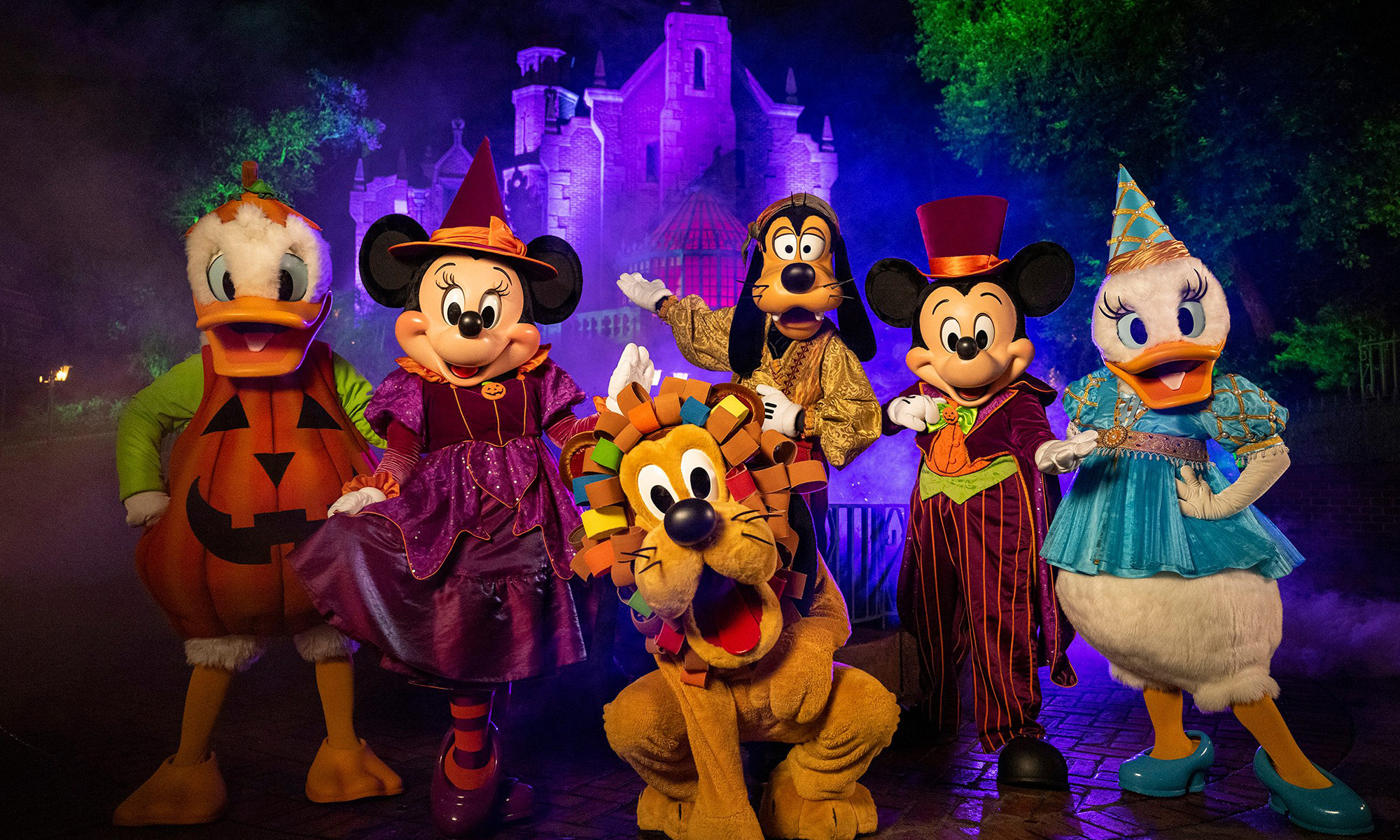When Walt Disney (DIS 0.80%) announced its earnings results earlier this week, one of the biggest topics of interest was the progress of the company's streaming business. There hadn't been any official news since November, and investors were eagerly awaiting the latest updates.
Disney+ launched to much fanfare on Nov. 12, and the unexpectedly strong results drove the stock to a new all-time high. Disney said in a statement that extraordinary demand had propelled its subscriber rolls to more than 10 million signups by the end of the first day of operations. At the time, management also said that it wouldn't be providing additional information, outside the release of its quarterly financial reports.
For investors, the latest updates were worth the wait. Let's look at five metrics that illustrate why.

The Child, from the Disney+ original The Mandalorian. Image source: Disney.
1. 28.6 million Disney+ subscribers
Disney reported that it had 26.5 million Disney+ subscribers by the end of the year, but it didn't stop there: By early February, it said, the figure had climbed to 28.6 million. This was far higher than many who watch the company had expected. Analysts had been forecasting a year-end total of about 20.8 million.
To put that number into perspective, streaming leader Netflix closed out the year with more than 67 million paid subscribers in North America and 167 million worldwide, so Disney still has a ways to go.
2. 30.7 million Hulu subscribers
Hulu's subscriber numbers got a boost from Disney's decision to bundle the ad-supported version of its service with ESPN+ and Disney+ for a discounted price. Hulu subscribers totaled 30.4 million by year-end and climbed to 30.7 million by early February. That's up from 29 million in September.
At the close of the year 27.2 million customers subscribed to Hulu alone, while another 3.2 million opted for the service's "Hulu + Live TV" streaming offering.
3. 7.6 million ESPN+ subscribers
Hulu isn't the only beneficiary of the bundling decision. Disney said that ESPN+ subscribers reached 6.6 million to close out the quarter and had jumped to 7.6 million by early February. That's more than double the 3.5 million ESPN+ subscribers Disney reported in early November.
4. 12 international markets to debut
Disney+ will be making its debut in a dozen international markets in the coming months. The service will launch across Western Europe, debuting in the U.K., Ireland, France, Germany, Spain, Italy, Switzerland, and Austria on March 24, followed by Belgium, the Nordic countries, and Portugal sometime this summer.
The biggest news came when the company said it will introduce Disney+ to India well ahead of its original schedule. While the debut was originally planned for the second half of the year, Disney+ will launch via Hotstar in March. The debut will coincide with the beginning of the Indian Premier League cricket season, Hotstar's biggest event of the year. Disney gained ownership of Hotstar -- the top streaming service in India -- with its acquisition of assets from Twentieth Century Fox.
5. $5.56 in average revenue per user
The cost for a stand-alone subscription to Disney+ is $6.99 per month, so it might be surprising to learn that the average revenue per user (ARPU) is $5.56, even taking into account a host of discounts. This was much higher than Disney originally estimated.
Customers opting for the bundle -- which includes Disney+, ESPN+, and the ad-supported version of Hulu -- pay $12.99 per month, a savings of about $5 per month. Additionally, the cost of the full-year Disney+ subscription is $69.99 annually, which averages out to about $5.83 per month. There was also a limited-time deal offered at Disney's D23 event that let fans buy a three-year subscription upfront for $169.99, or about $4.72 per month. Each of these would put downward pressure on the average ARPU.
The fact that the figure is as high as it is suggests that the majority of subscribers are paying full price for the subscription, which illustrates the strong demand for Disney's flagship service -- and bodes well for its stock going forward.






